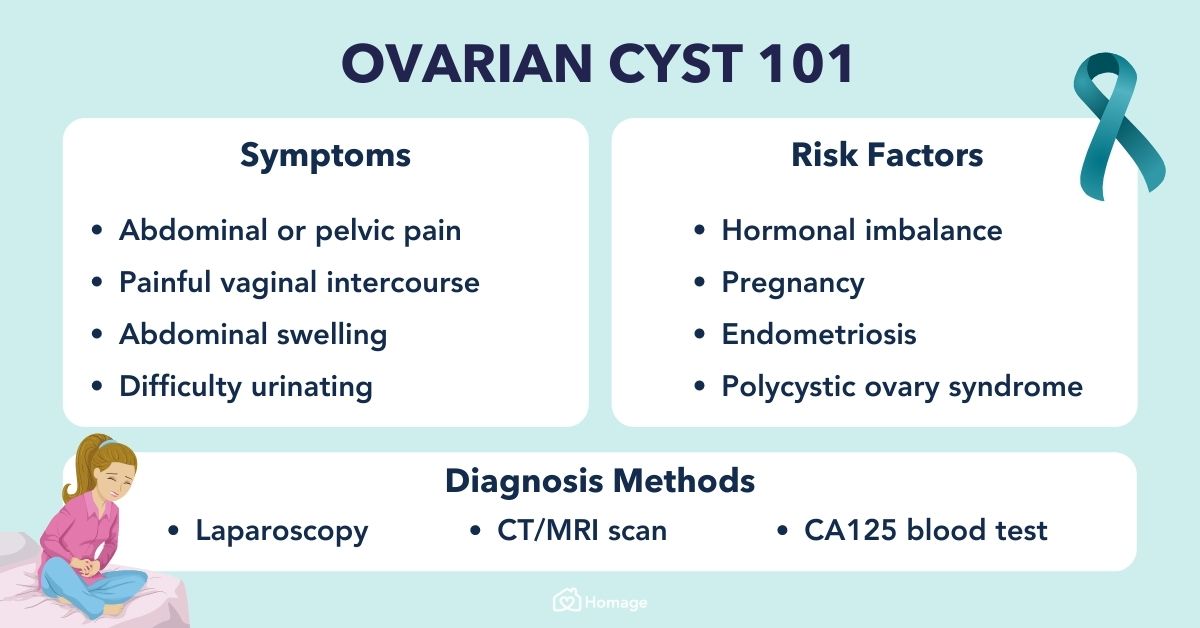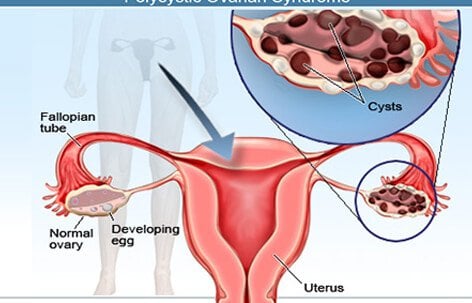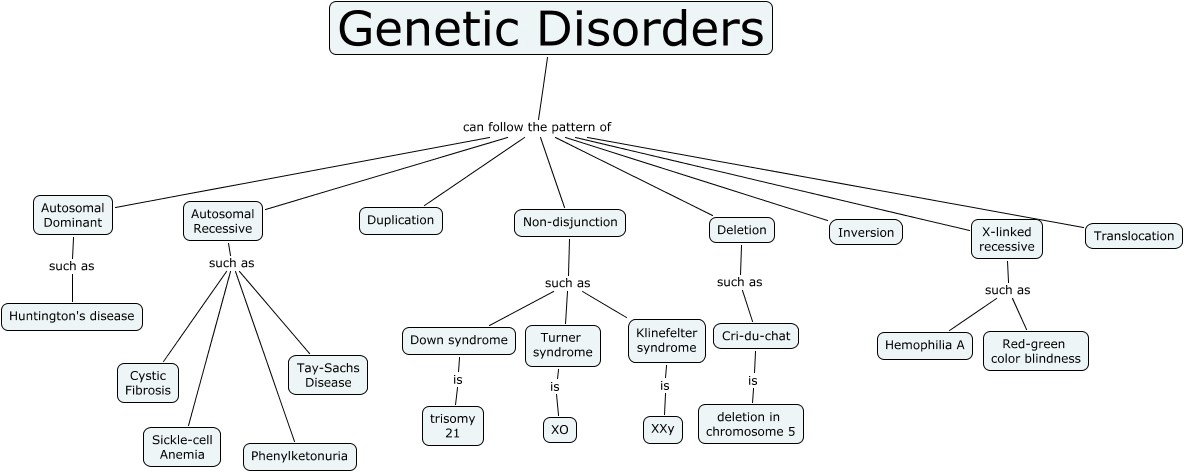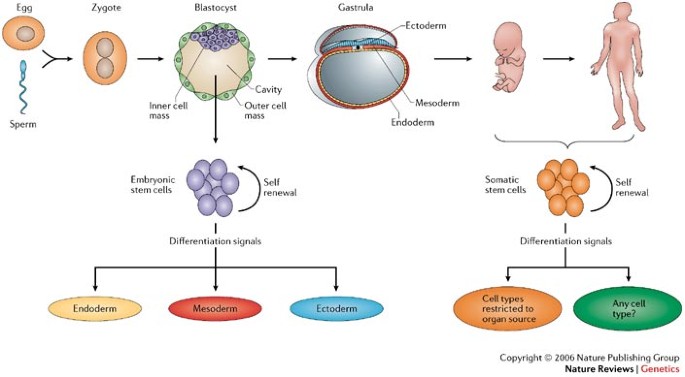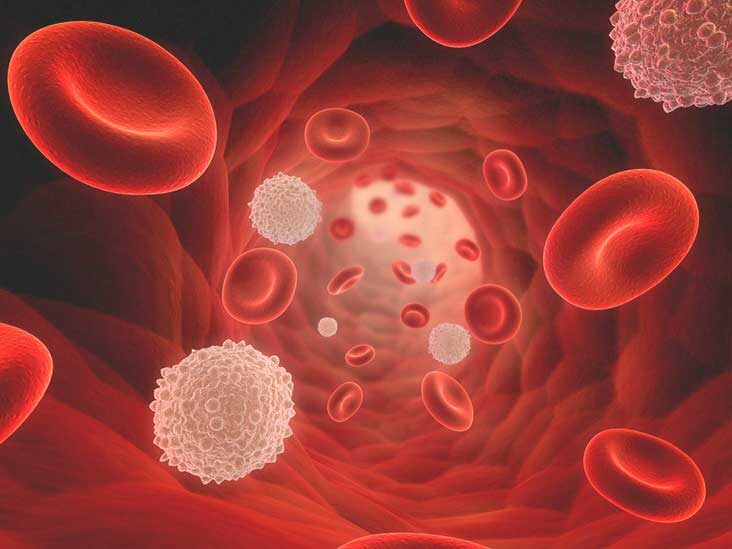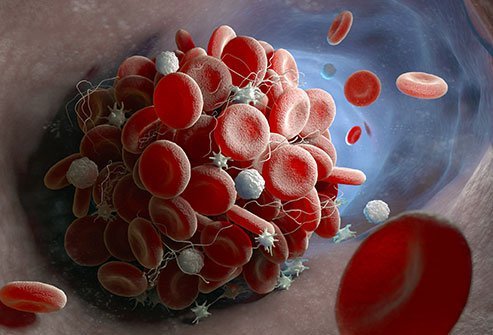
A recent study examined the efficacy of three different taeniasis medications. Nitazoxanide and praziquantel are two antiprotozoal drugs used to treat the condition. They are both effective in curing the disease and are commonly prescribed to those with active taeniasis. The researchers assessed the efficacy of these medications in a trial that included 52 patients aged five to 14.
The medications are effective in treating taeniasis, but have some side effects. The most common one is an upset stomach and dizziness. However, the effectiveness of these drugs cannot be ignored. The U.S. Food and Drug Administration has not approved either one for treatment of taeniasis. Some of the side effects of taeniasis medications include nausea and vomiting, diarrhea, and stomach cramps.
There are no effective treatments for taeniasis that can stop the parasite’s transmission cycle and prevent neurocysticercosis. Individuals can be treated with oral medication, such as praziquantel. Alternatively, they can undergo a preemptive chemotherapy with albendazole, which is not absorption-related and is safe to use. If the symptoms do not respond to a drug, a consultation with a physician is recommended.
Several types of oral medicines are available for the treatment of taeniasis. Albendazole and praziquantel are both approved for human use. These medications are not recommended for the treatment of taenias. Nevertheless, they may be effective in treating the infection in some cases. The FDA has approved praziquantel in a clinical trial, which is the preferred choice for taeniasis.
Several medications are available for the treatment of taeniasis. The most common is praziquantel, which is available for human use. Both drugs are toxic, and are not recommended for the treatment of taeniassis. The U.S. Food and Drug Administration has not approved praziquantel as an effective treatment for taeniasis, although they are used in Ethiopia.
There are currently three medications for taeniasis. These are praziquantel and albendazole nitrate, which are not approved by the U.S. Food and Drug Administration for treatment of taeniasis. The FDA is currently conducting studies to determine the effectiveness of praziquantel in human patients. Neither of these drugs is effective in treating taeniasis.
Some of the other medications for taeniasis are not effective for the treatment of the disease. In the United States, praziquantel is the most common medication for taeniasis. Both drugs are not recommended for the treatment of taeniasis. Aside from these, taeniasis medicines can interact with antacids. If taken together, these compounds can cause a number of serious adverse effects.
Some of the most common taeniasis medications for taeniasis include praziquantel and albendazole. While the FDA has not approved these medications for treatment of taeniasis, they can be effective in some patients. Taking praziquantel can cure taeniasis, but it is not effective for treating the condition. But albendazole has been used for taeniasis, and it has been found to be highly effective.
The most common drugs for taeniasis are praziquantel and albendazole. These drugs are ineffective for taeniasis, but are effective for the prevention of neurocysticercosis. In addition, praziquantel is not absorbed. Other effective preparations include tin compounds and aspidium extracts. Aspidium is toxic and can cause seizures in susceptible individuals.
There are a number of methods for preventing taeniasis. These include massive administration of anti-tenia drugs, identification of affected areas, and health education. In addition, WHO recommends testing raw meat and other meat products for taeniasis to prevent the spread of the disease. Although symptoms of taeniasis are rare, it is important to take medication for taeniasis.
In a recent three-year study, praziquantel 2 was used to control taeniasis in Madagascar. During the study, the drug for taeniasis was well tolerated, with no serious side effects noted. The drug proved to be effective in reducing the incidence of neurocysticercosis and other taenia infections, as well as in their prevention.
In addition to medications for taeniasis, a number of other treatments are available. The best way to find treatment for taeniasis is to seek medical advice from a doctor. If you have recently been abroad, site https://www.ctrip.co.th/
may recommend some of the medications to help you overcome this problem. The treatment options you can choose from will depend on your individual needs and the type of taeniasis infection.


